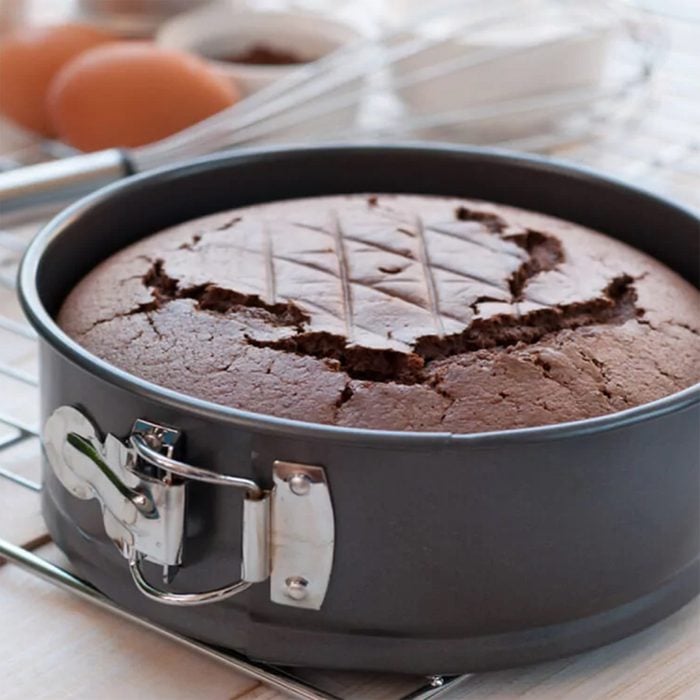
We all know the old Julia Child quote: “A party without cake is just a meeting.” That’s why I try to bake delicious and impressive cakes whenever I have company coming. But once in a while—whether I’m in a rush or I’m just not paying close enough attention—things go wrong and I end up with cake problems. We all know them: too dense, too dry or too sunken in the middle.
But with the right cake supplies and few cake tips, you can rest assured that you never end up with another cake fail again. Check out the most common problems below and we’ll tell you how to fix them.
Ready to bake? Try our favorite easy cake recipes.
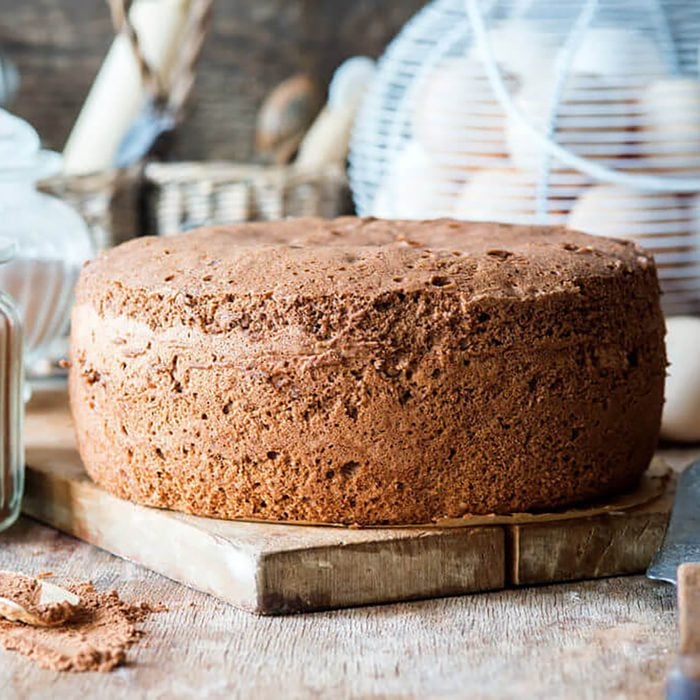
Your cake is too dry.
This is probably one of the biggest cake sins out there! Everyone loves rich, moist cake (Psst! Chocolate lovers take note of these decadent chocolate desserts), but sometimes we fail in getting that lush texture.
To prevent a dry cake, be sure that your oven temperature is correct and that you aren’t overbaking the cake. An oven that’s too hot and a batter that’s exposed to heat too long can give you dried out dessert.
Also, if you find your cake is too dry even with the right baking time and temp, you may be adding too many dry ingredients (think flour, cocoa, baking powder and baking soda). To fix this, you may need to experiment a little with adding fewer dry ingredients or upping the amount of butter in your batter.
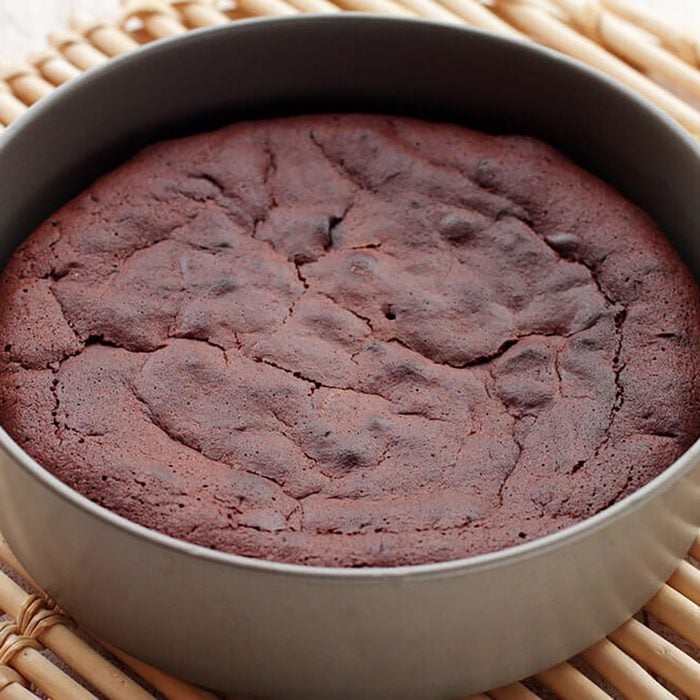
Your cake looks more like a pancake.
If you’ve got a flat cake on your hands, you may have overbeaten your ingredients. Overmixing ingredients can create a dense batter that doesn’t get that same airy rise.
Mismeasured baking powder (too much or too little) may also give you a flat cake. Make sure you have just the right amount of this leavening agent to give your cake the right lift. And always be sure that you’re working with good ingredients—expired baking powder can leave you with flat cake, too.
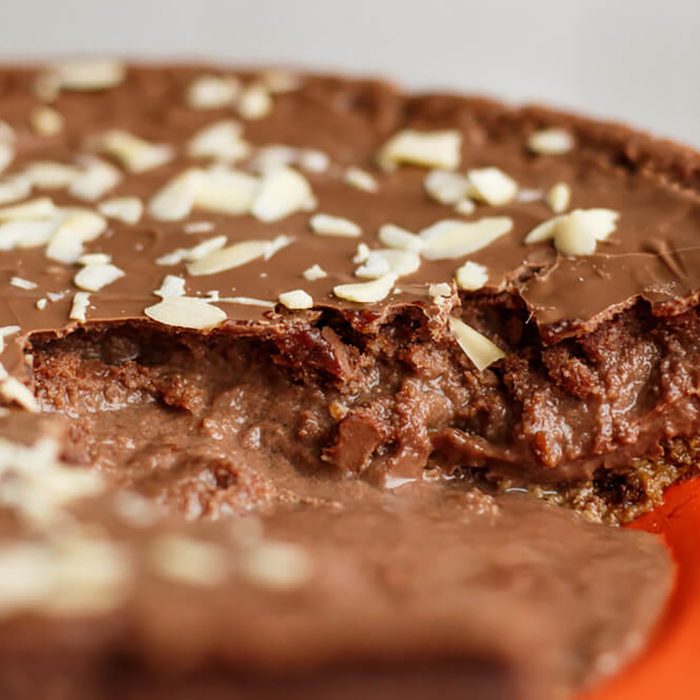
The cake looks done on the outside, but is undercooked inside.
It can be tricky to get the right bake on certain cakes. Determining if a chocolate cake is done is always an issue—if the cake is already chocolatey brown, it’s hard to tell if it’s underdone or burnt. And carrot cakes, while delicious, are finicky too, since the batter is so moist, it can be difficult to get the inside baked completely without burning the outside.
To be sure that your cake is done, insert a toothpick, cake tester or even a dry piece of spaghetti into the center of the cake. If it comes out clean or with a crumb or two, the cake is done. If it comes out gooey, the cake needs more time. If you find that the outside of the cake looks perfectly golden but the cake needs more time in the oven, tent your pans with aluminum foil to prevent any further browning while the rest of the cake bakes.
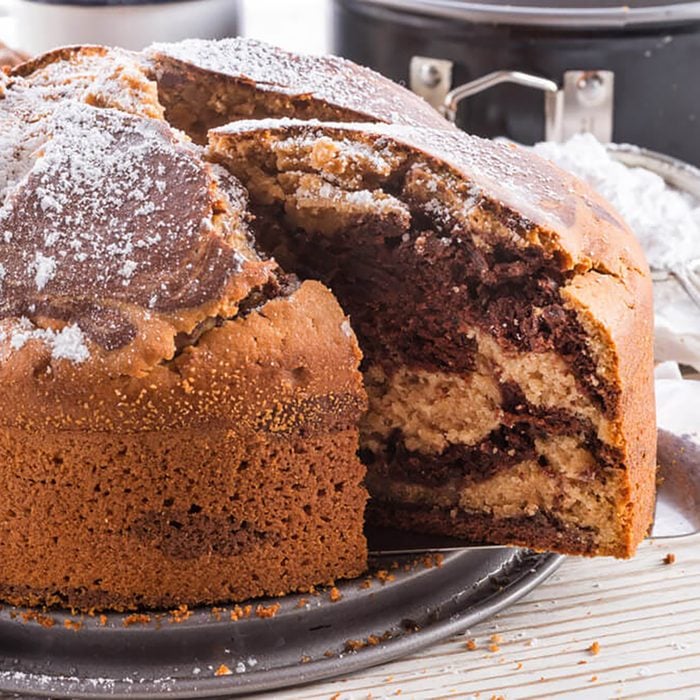
The top is cracked and domed.
While you can cover a multitude of sins with a tasty homemade frosting, a cracked cake points to a few problems with your bake. First and foremost, a cake can get a cracked top if it bakes too quickly. Be sure that your oven is set at the right temperature. Sometimes oven thermostats can be unreliable in older appliances, so you may want to invest in an additional oven thermometer to be sure of your baking temps.
A cracked top can also be the result of an overfilled baking tin. Be sure that you use the exact pan that’s called for in the recipe. Pouring batter for a 9″ cake into a 7″ pan can cause the cake to crack.
Lastly, too much baking powder can cause the cake to crack. Excess of this ingredient can cause the cake to rise too quickly and put a crack in the top.
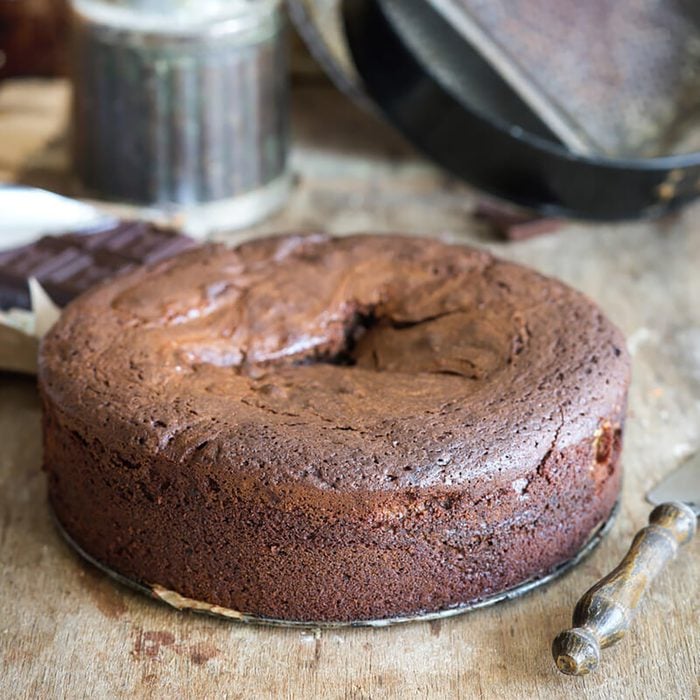
Your cake is sunken in the middle.
This cake problem is definitely one of the more heartbreaking. You think you do everything right, the edges of the cake look perfect, but in the middle, you find a deep sunken spot that can’t be covered up with even the most generous layer of frosting. (In this instance, we suggest making cake pops!)
This sunken center can be a product of too much baking powder. It can be tempting to add a little extra to your batter for a bigger rise, but the cake can’t always sustain all those bubbles and it will collapse in the middle.
Also, a sunken cake can be caused by opening up the oven door at the wrong time. When you open the door to peak, a rush of colder air comes in and can collapse your cake. To avoid this, try not to peek until the last ten minutes or so of your cake’s baking time (or just use your oven light!).
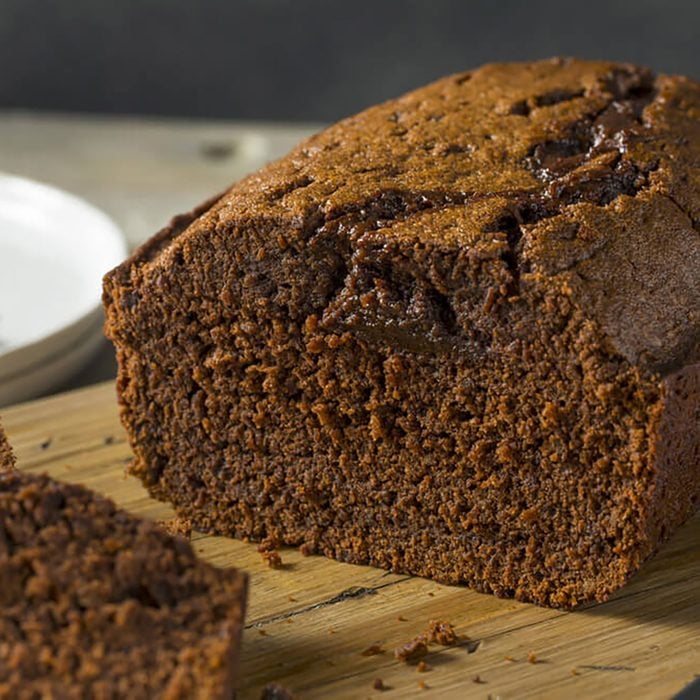
There’s a gooey or damp streak in the center of your cake.
Even though your cake is completely baked, slicing into it, you may find a dense and damp streak in the center (I run into this issue a lot with pound cakes).
This wet ring in cakes can be caused by the cake settling after baking. A cake settles dramatically like this when the eggs, butter and sugar are over creamed. To prevent this, cream these together slowly (no higher than medium speed on your mixer) and then gently fold or mix in your dry ingredients. Our Test Kitchen found the very best hand mixer for your money.
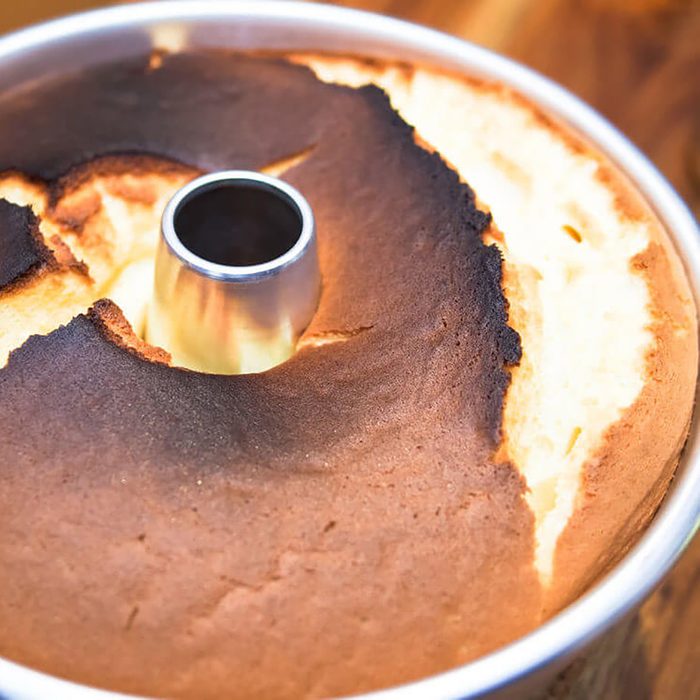
The cake looks unevenly browned.
While you’ll likely cover your cake in a tasty layer of frosting, an uneven looking exterior can point to a few problems. If you find that your cakes are brown on one side and not the other, you’re likely dealing with an issue with your oven. Uneven browning can be caused by hot spots within an oven or overcrowding.
Whenever possible, try to bake in the center of your oven racks and—if you know your oven to bake a little unevenly—give your pans a turn halfway through baking. This is the best oven rack position for baking cookies.
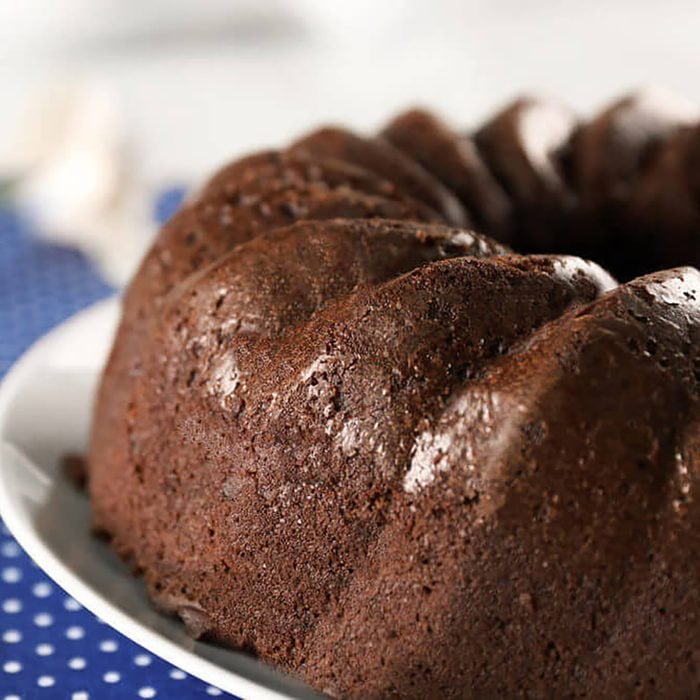
The top is sticky.
Once in a while, I find myself with a cake with a sticky top that’s hard to frost. This cake mistake isn’t a product so much of baking as what happens after you bake the cake. A tacky top is typically caused by covering or wrapping the cake before it’s completely cooled. This traps moisture inside, causing that sticky texture. Avoiding this pitfall is easy, just let the cake sit on a wire rack until totally cool.
Even with these cake tips, you may still end up with a few flops. Not to worry! Imperfect and stale cakes can still make for delicious desserts. Try cubing up day-old or not-quite-perfect cake for a tasty trifle or work into pretty cake pops!
Note: Every product is independently selected by our editors. If you buy something through our links, we may earn an affiliate commission.